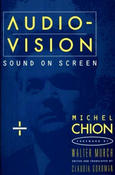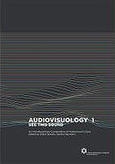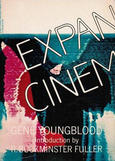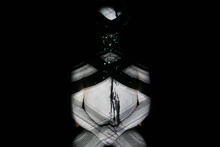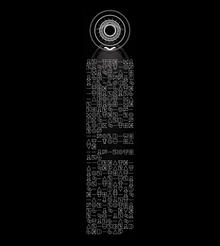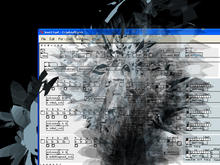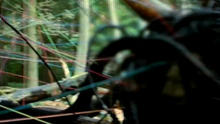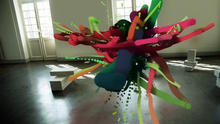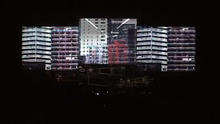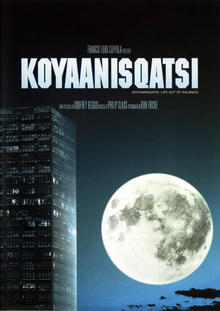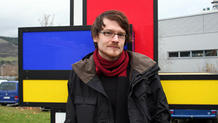Depart
are Leonhard Lass and Gregor Ladenhauf, both born in Austria. Leonhard Lass (visuals) lives and works as a visual designer and artist in Barcelona, Spain. Gregor Ladenhauf (audio) lives in Vienna, Austria and works as a musician and artist.

Depart's projects explore the depths of field between text, image and sound and range from interactive installation pieces to netbased applicatons, performances and A/V live shows. With their personal approach to multimedia, Depart create unique moments that are coined by a formally rigorous and profound aesthetics. They unite precision and emotion in an abstract and multi-faceted discoball to mirror fragments of the audiences experience.
Depart have a clear incentive: to leave you with an immediate, yet timeless mark. They would rather constantly depart than be stopped in their tracks, they want to remove themselves and their audience from within and out of the boundaries of the self, the farther the better. For this purpose Lass and Ladenhauf have chosen the path of confusion and camouflage tactics, served up on a silver platter. The works of Depart can be enigmatic in parts, quite often they are deliberately dark and dazzling at the same time and mostly contain a highly potent mixture of virtual mechanisms, poetic moments and hermetic symbolism. Depart are waving the idea of a Gesamtkunstwerk always like a flag indeed behind their backs, always employing a certain kind of hocus-pocus, which in their opinion works as an immersion booster.
Nonetheless, Lass and Ladenhauf have managed to find a very individual style that is trademarking their works independently of the enabling technologies. They seem to integrate mythological, archaic content as effortlessly into their works as walking a very fine semiotic and semantic line alongside experimental poetry. Thus reaching their declared goal, a kind of abstract poetry of the moment, they are able to bestow a certain kind of aura on their works, that are increasingly taking the form of installation and object oriented projects. Depart are trying to tell stories, without talking too big and shooting their mouth off, all the more trying to be controversial to themselves.
Source: Depart
